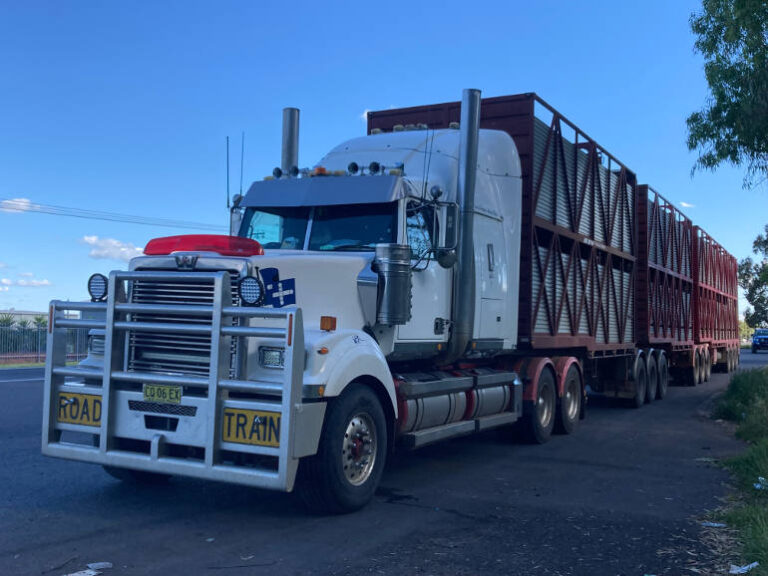At the close of November 2022 sales, the eleventh month year-to-date tally stood at 40,267, a new record for truck sales to the end of November, but not a new annual record.
That stands at 41,628 sales set at the end of December 2018. With December sales averaging out at about 3,400 trucks, it is not difficult to predict that in a month’s time we will be chalking up a new annual milestone for Australian truck sales. 43,000 sales should be quite achievable, possibly closer to 44,000. That will be no mean feat, given global unrest, the COVID tail still wagging and the ongoing supply chain issues, all providing a strong headwind for truck importers, local truck manufacturers and body builders.
The Heavy Duty truck segment was well up in November, continuing a yearlong trend, with a total of 1,519 units delivered for the month, up 15.4 percent, or 203 trucks, on November 2021. The November result was a new sales record for the eleventh month of the year. Year-to-date the result is almost as good, with Heavy sales tracking up 14.9 percent over those of the same period last year, with total Heavy truck sales to the end of November reaching 13,485. In terms of actual truck numbers, the sales gap has now stretched to over seventeen hundred (1,752) more Heavy trucks sold year-to-date than in 2021. If we look back to the record year of 2018, we see that the 2022 Heavy Duty segment is ahead. At the end of November 2018, the Heavy truck tally stood at 13,158 trucks, in November 2022 the segment is ahead by 2 percent (327 trucks).
Medium Duty truck sales have been solid throughout 2022 and while sales slowed a little in November, they were up on the 2021 November result. 696 Medium trucks were sold in November 2022, up 1.2 percent (8 trucks) over the same month in 2021. Year-to-date the news is better though, with Medium truck sales ahead by 506 vehicles, a gain of 7.6 percent over 2021 sales to the end of November.
The Light Duty truck sector has been performing well over the past couple of years and that trend has continued throughout 2022 with the segment comfortably outperforming 2021 results. In November small truck sales were up 10.8 percent (140 trucks) over the corresponding month last year. Fourteen hundred and thirty six (1,436) Light trucks were delivered in November, a new November record. That brings the year-to-date sales tally to 14,651 for the Light Duty truck segment. This is 11.4 per cent, or exactly 1,500 trucks, up over the same period in 2021.
The Light Duty Van segment has been the under achieving segment of 2022, hit hardest of all by supply chain issues. However, sales have been on the up in the second half of 2022 and November sales were spectacular, setting a new record for the eleventh month of the year. 582 vans were sold in November, up a massive 66.3 percent over the November 2021 result. Year-to-date the numbers are not nearly as healthy, with a total of 4,969 vans delivered to the end of November 2022, down 21.6 percent (-1,367 vans) compared with the same period last year.
Tony McMullan, the TIC’s Chief Executive Officer, stated “It is pleasing to see the solid sales continue through November, with a number of new records set. However, we will have to wait another month to see a new all-time annual sales record set for new trucks in Australia.
“These record sales could not come at a better time, with the average age of trucks cracking the 15 year mark in 2021 and with Australia having one of the oldest truck fleets in the Western world, we need record, or near record sales to reverse this fleet aging trend. An old truck fleet is not good for road safety, nor noxious and greenhouse emissions, or for operator productivity.
“So why do I mention this, when many might expect celebrations are pending for what should be a new annual sales record when results are in early next month? The answer is simple, the Australian road toll is too high and heavy vehicles are over represented in those crashes and this is partly to do with the fact that the older trucks in our nation’s truck fleet do not feature the advanced safety features found in newer trucks. Reducing the national truck fleet age will bring benefits for all road users and reducing the fleet’s age starts with replacing the oldest trucks with newer, safer, greener and more productive ones.” Mr. McMullan concluded.






